All eyes were on Coventry Hospital early on Tuesday morning as 90-year-old Margaret Keenan became the first patient in the world to be injected with Pfizer/BioNTech’s Covid-19 vaccine.
“If I can have it at 90 then you can have it too,” she told the crowd of reporters who had gathered to capture the very start of the nation’s largest ever immunisation programme.
The NHS has been widely praised for mobilising within a matter of days to start delivering jabs to some of the nation’s most vulnerable people, with plans for millions of people to have received the vaccine before Christmas.
But despite what Gavin Williamson and Alok Sharma say, the team behind its development, manufacturing, funding and delivery is a truly global one – relying on work that has been in progress for decades.
Here’s a look at the people around the world who have got us to this point:
The nurse who administered the first dose
On Tuesday morning May Parsons, who has worked for the NHS since arriving in the UK from the Philippines 17 years ago, became the first nurse ever to administer a Covid-19 vaccine to a patient.
She told ITV: “I’m really glad to be telling all the Filipinos in this country and everywhere in the world that we can make a difference and we do make positive contributions to humanity as it were.
“I think it’s a historical event for Filipinos all across the globe, for making sure we’re all proud of what we’ve achieved, what we contribute to everyone and the care we give.
“I’m very proud to be saying to everyone that I’m a Filipino Briton today making history.”
There are more than 18,500 people of Filipino heritage currently working across the NHS, making up almost 2% of the total workforce – the third largest ethnic group following White British and Indian.
NHS workers from the Philippines have been disproportionally impacted by Covid-19, with a Nursing Times article from June quoting an estimate of around 50 coronavirus deaths among Filipino NHS staff.
The scientists who founded BioNTech
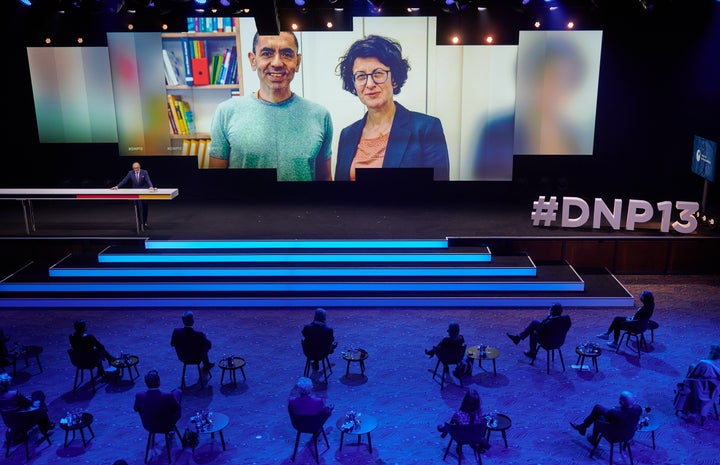
Married couple Özlem Tureci and Ugur Sahin became billionaires in an instant after their startup BioNTech developed the successful vaccine being rolled out in the UK.
Both born into Turkish families who had emigrated to Germany, Tureci and Sahin met while working on an oncology ward in Homburg, and launched the company in 2008 after finding surprising gaps between medical advances and what was available to medical staff, the Washington Post reported.
With a team of 1,000 people working round the clock, within a month BioNTech had developed 20 candidate vaccines, before narrowing those down to four. Tureci and Sahin didn’t have the financial resources needed to fund trials, so turned to Pfizer, who they had already worked on flu vaccines with in the past.
The company also received a $442million (£331.3m) grant from the German government to help develop the vaccine, Forbes reported.
Speaking to the Washington Post before the rollout in the UK, Sahin said: “This is a new virus and a completely new situation for mankind.
“That provides an opportunity to prove that the technology works and works faster than existing technologies.”
The company that financed the vaccine
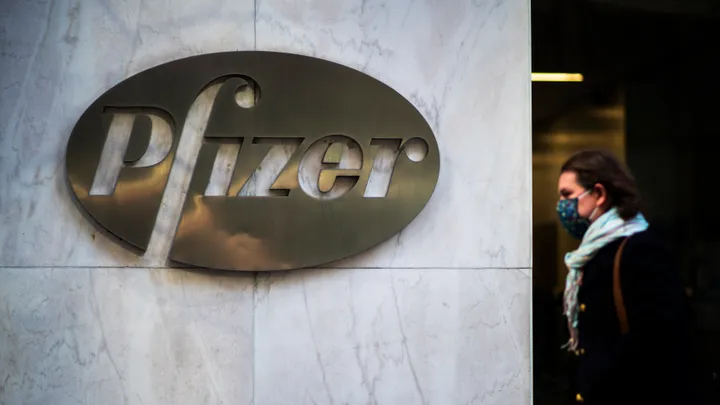
While BioNTech produced the vaccine, the trials and production couldn’t have been facilitate without the financial support of a huge investor – which is where US pharmaceutical giant Pfizer comes in.
While the UK was the first country to approve the vaccine for use, as the New Scientist reports, the company has also applied for regulatory approval in the US, EU, Australia, Canada, Japan and New Zealand.
Founded in 1849 in New York City, the company produces a vast array of pharmaceutical products which are distributed worldwide. It used to employ 2,400 at a site in Sandwich, Kent, and still run a research unit in Cambridge, but its operations in the UK have been significantly scaled back in recent years.
While several companies, such as Moderna, have secured government funding from the US government, Pfizer used $1billion of its own money to invest in the Covid-19 vaccine (£752m).
“A billion dollars is not going to break us,” CEO Albert Bourla told Forbes earlier in 2020.
The people actually producing the vaccine
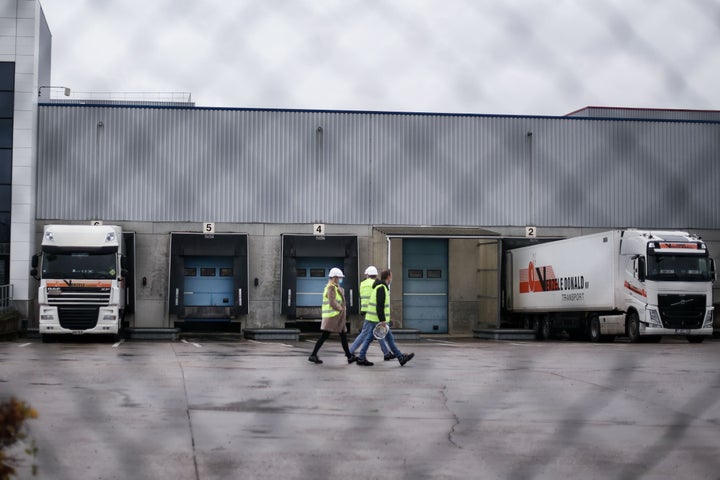
Designed in Germany, funded by a US company, the vaccine itself is now being manufactured in Belgium at Pfizer’s Puurs factory.
According to the Brussels Times, the production of the jab has led to 150 new workers being employed by Pfizer at the site, where millions of doses have already been manufactured ready for shipping to the UK.
The first batch of vaccine vials arrived from Belgium on Thursday, and must be kept at around -70C before they are thawed ready for use. The window within which they remain viable is relatively narrow, placing increased pressure on the NHS to deliver as many vaccines as possible within a tight timeframe.
In an interview with Politico, Pfizer spokesperson Koen Colpaert said Belgium had been picked as a site of investment by the company due its “high-tech expertise and training of its staff and the high level of academic research.”
The tiny town of Puurs is also conveniently located for worldwide distribution of a Covid-19 vaccine. According to Politico, Brussels Airport was one of the first to be certified by the International Air Transport Association for cargo transport of pharmaceuticals, and around half of the nation’s pharmaceutical production is exported outside of the EU.
The company has said it expects to produce up to 1.3bn doses of the vaccine by the end of 2021.
The team who discovered the genetic sequencing of the virus itself
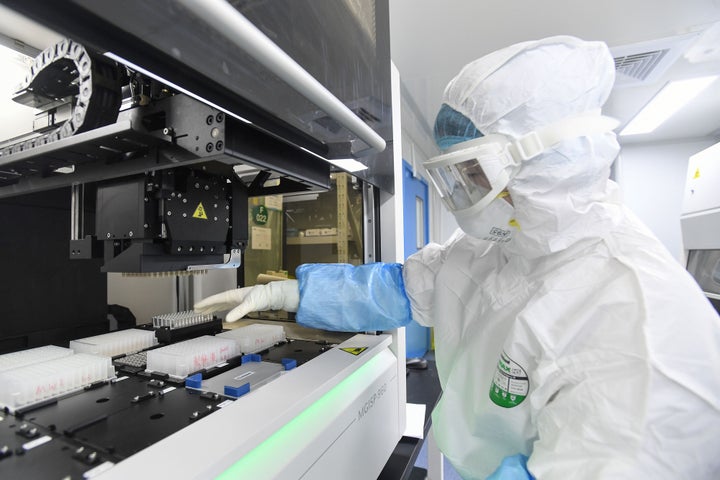
Within weeks of the first outbreak of Covid-19 in Wuhan, Chinese scientists had already discovered the genetic code of the virus itself.
Officials posted it publicly in January – before the virus was even known to have taken hold in Europe – allowing scientific research teams to get to work right away.
With the genetic code in hand, scientists could start vaccine development work without needing a sample of the virus, buying teams around the globe extra time to start work.
During the deadly 2003 Severe Acute Respiratory Syndrome (Sars) outbreak, it took US scientists 20 months to go from genetic sequence to the first phase of human trials. By that time, the outbreak was under control.
But by January 2020, research groups worldwide were already executing plans to test vaccines, treatments and other countermeasures to stop Covid-19 from spreading globally.
While they were unable to contain the outbreak, the rapid identification of the genetic sequencing behind the virus helped scientists around the globe start on a vaccine much earlier than they were likely to have otherwise been able to.
The trial participants
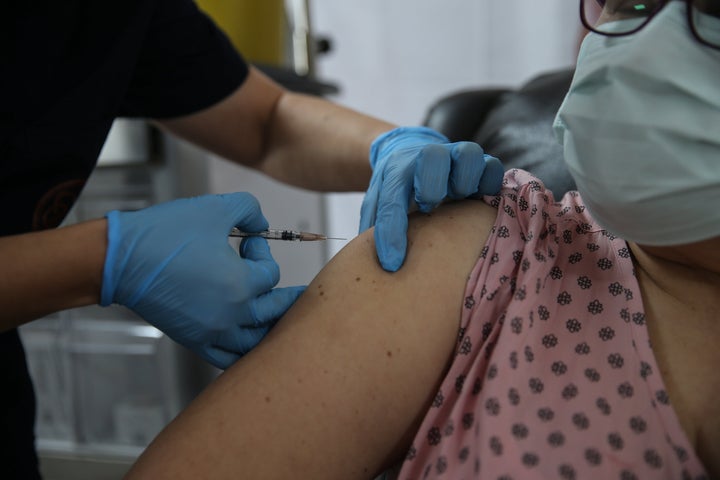
Unlike Oxford’s vaccine trials, none of Pfizer’s trials took place in the UK.
Instead, trials were set up at 150 different sites in the US Germany, Turkey, South Africa, Brazil and Argentina.
According to Pfizer’s most recent update on their website, 41,135 of the participants had received a second dose of the vaccine candidate as of November 13, in stage three of the clinical trials.
Approximately 42% of global participants and 30% of US participants were from racially and ethnically diverse backgrounds, and 41% of global and 45% of US participants are 56 to 85 – the age group amongst those at highest risk of developing serious complications after catching Covid-19.
The scientists who discovered how to produce this type of vaccine
The leading vaccine candidates to tackle Covid-19, including the Pfizer/BioNTech, Oxford and Moderna jabs use a novel type of vaccine made from messenger RNA, known as mRNA.
Rather than injecting the viral protein, a method used in many typical vaccinations, an mRNA vaccine actually injects genetical material.
When these genetic instructions are injected into body, usually through the upper arm, the muscle cells translate them to make the viral protein directly in the body.
The development of this approach was led by Hungarian scientist Katalin Karikó, who – as The Telegraph reports – has been working on the science behind mRNA vaccines for years decades.
It wasn’t until 2005 that her team, which she ran alongside colleague Drew Weissman, finally established how to stabilise mRNA and package it into small particles to deliver it as a vaccine.
Speaking to The Telegraph, Karikó described the emotional moment she heard the Pfizer/BioNTech vaccine was highly effective in protecting against Covid-19.
“Redemption!” she exclaimed.
“I was grabbing the air, I got so excited I was afraid that I might die or something.”
